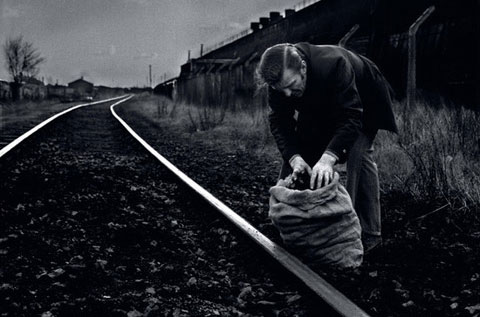
A CULTURAL PATH FOR FILM and/or PHOTOGRAPHY EDUCATION/DISCUSSIONS
Robert Golden

INTRODUCTION
A result of my encounters with social movements, different forms of resistance and witnessing struggle, poverty and hunger, my career and teaching have been profoundly affected. I know that along with learning about lenses, f stops, and how to organise a shooting day or create a truthful photo essay, portfolio or series there are a number of primary questions, or should I say, self-examinations of one’s self that best occurs before a photographer/film-maker can know what he or she is actually doing, besides pointing a camera and hoping for the best?
PROCESS
Primary questions begin with the following:
What is truth?
What is one’s commitment to truth-telling?
Is it vital to move hearts as well as minds?
What is beauty and what is its role in the process?
Does the aspiring artist wish to give a gift of beauty and wisdom to an audience?
How do they develop the skills, ideas and desire to do so?
What right do they have to impose themselves?
Or are they contented to make photographs for one’s self and/or for friends and family
or becoming powerful, famous, rich and admired?
Amongst questions which need be discussed are:
What is ‘truth’ and beauty?
What is one’s duty (if any) to their talent and to their community?
How does morality deal with the challenges before the photographer?
How does the photographer recognise what is important and vital for them to create?
How can emotions be introduced into a two dimensional static image
How can the photographer (or for that matter, as in all the above, the film-maker) arrive at the point of pre-visualising images, story and characters?
and:
What constitutes a story?
What makes a story important and appealing to an audience?
Why concern yourself with the audience?
To paraphrase the great Russian film-maker and theorist, Eisenstein, “every director (read as photographer, painter, poet, novelist, theatre worker, etc) needs to know everything about everything and to never stop asking questions.
Ultimately these discussions lead to the cultivation of the student’s visual literacy. They may be looking but what are they seeing?
This then leads to several processes using mind-mapping to investigate, indeed to drill down into one’s unconscious beliefs and assumptions, unstated or unrecognised assumptions, preoccupations, fears and hope. Finally the student will be able to formulate themes, content and subject matter that may offer good film or stills ideas. With discussions about story structures and with
Then they need to recognise what formal considerations should be utilised to appropriately tell their story. They will encounter questions of framing, tonality, colour as well as rhythm. They will also have to ask themselves if they have encapsulated any real, meaningful and useful truths.
And then the hard work begins.


